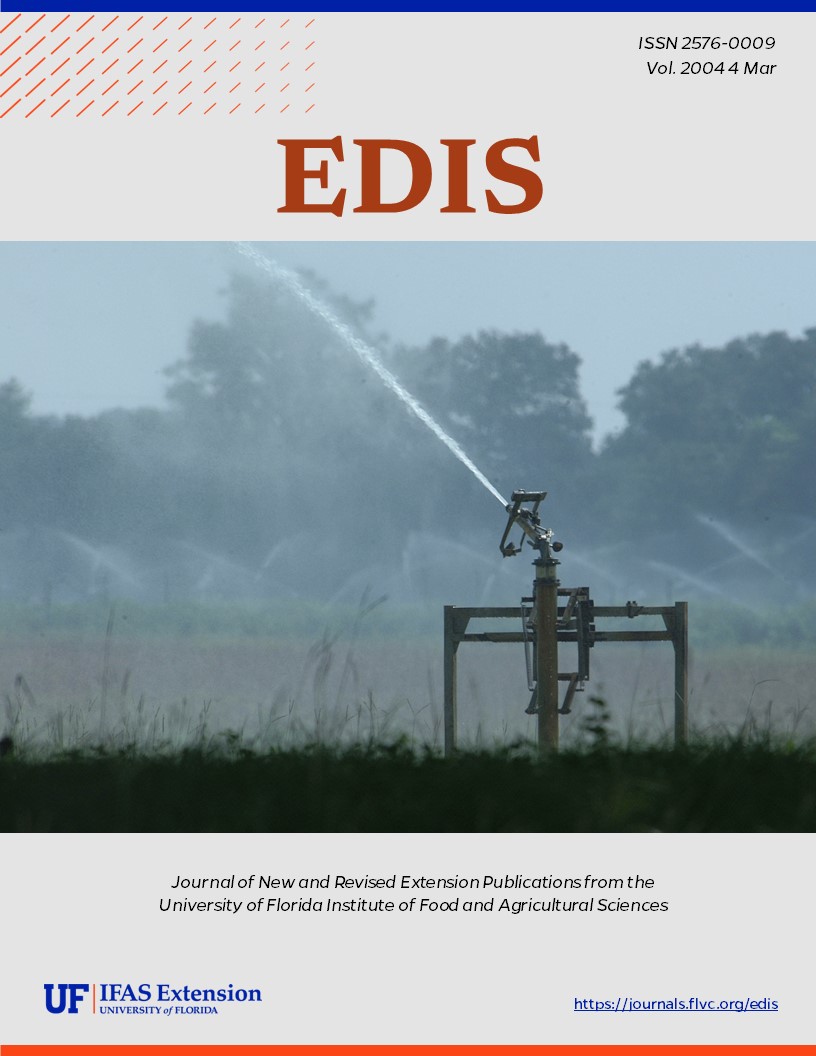Abstract
Every year, numerous Floridians are accidentally poisoned by coming in contact with one of several plants typically found in Florida parks and woodlands. The most common plant encountered is poison ivy. Poison oak and poison sumac are also found in some of these settings. Poisoning by these plants is largely preventable. One can easily learn to identify these plants in their various forms with the aid of general descriptions and pictures and by observing plants in the wild. The purpose of this publication is to assist individuals in learning to identify these plants and avoid contact with them. This document is Circular ENH886, one of a series of the Environmental Horticulture Department, Florida Cooperative Extension Service, Institute of Food and Agricultural Sciences, University of Florida. Original publication date April 29, 2003.
ENH886/EP220: Identification of Poison Ivy, Poison Oak, Poison Sumac, and Poisonwood (ufl.edu)
Unless otherwise specified, articles published in the EDIS journal after January 1, 2024 are licensed under a Creative Commons Attribution-NonCommercial-NoDerivs 4.0 International (CC BY-NC-ND 4.0) license.

